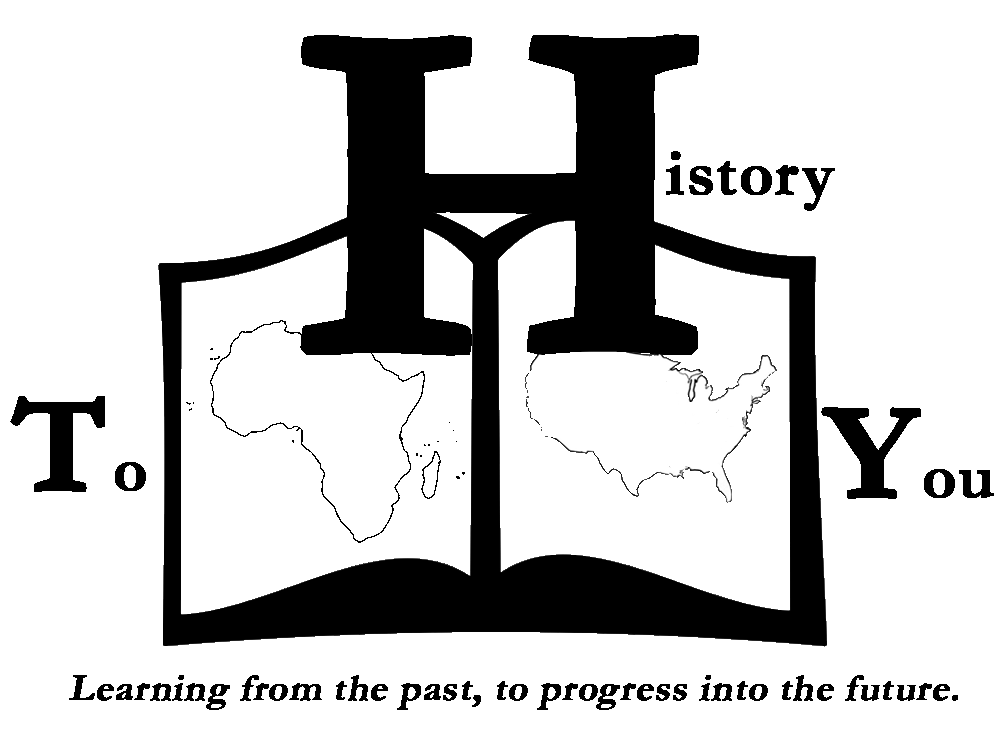
Courses/Lectures
Each of the 34 courses available can be enrolled in individually, or in packages. Each course is an approximately 1-hour session that consists of the opportunity for the students to interact with the associated artifacts, and a discussion exercise tailored for your specific class in accordance with your teacher's curriculum/recommendations. If the Course List below doesn’t fit your needs, we can work together to develop the presentation you desire – from control of the discussion topics to selection of items to be presented.
Racial Tensions in St. Louis' Past
Situated in the Midwest, St. Louis has had a tumultuous past with respect to racial tensions. In this collection we have a couple sets of items which reflect some of the experiences of the past – items from Club Plantation, a racially segregated club located in the historic Palladium building near Grand Avenue that served only white patrons, while utilizing Black performers like Dizzie Gillespie. Its advertisements were as racially insensitive as its name, and its owners would force its Black performers to enter through the back and not be allowed to interact with the white audience – while their music made the club one of the hottest night spots in St. Louis. We also have an original article from the late 1940s covering the integration of the swimming pool at Fairground Park – and the resulting race riot. It is hard to believe now, but during the 1940s, Fairground Park was located in an area that was populated largely by whites, with a gradual increase in the black population. When the swimming pool at Fairground Park was integrated in 1949, white residents didn’t accept the new patrons peacefully – setting off a very violent evening in St. Louis history.
Artifacts: Three (3) Club Plantation Menus, Advertising Poster for Club Plantation, 1949 Article on Race Riot at Fairground Park, other relevant items.




Menu, Club Plantation, 1940-52 - It is hard to believe now that such places existed at one, but this is an actual menu from Club Plantation, a mob-run night club patterned after the Cotton Club in Harlem. Because St. Louis had strict regulations regarding the sale of alcohol, clubs and bars that sold liquor were required to close early. To get around this, Club Plantation would instead allow patrons to brind their own liquor - and sell the cups, ice, soda, etc. needed to compliment the alcohol - thereby circumventing the liquor laws and staying open much later than most other clubs. To draw the crowds, the owners brought in some of the best Black jazz talent in the world - but they had to enter through the back and could not converse with the audience, staying true to the negative imagery on the menu, and the negative conotations suggested in its name.
"Race Riot in St. Louis", Life, July 4, 1949, pg. 30-31 - It is not widely known or discussed, but on June 21, 1949 a riot broke out between young African-American teenagers and white teenagers over the use of the public pool at Fairground Park. That year, the city of St. Louis for the first time attempted to integrate all of the public swimming pools in parls throughout the city.
Attempting to assert the right recently granted them by the city and swim in the pool at Fairground Park, black children had to be escorted by police to get to the pools - at this time, the area around Fairground Park was still largely a mix of black and white residents. Those African-Americans that stayed out in the park as darkness fell were attacked by the several hundred white residents that beat, kicked, chocked and hit them with objects. Black teens attempted to defend themselves but where greatly outnumbered. In the end, 10 black and 5 white youths were injured and had to be hospitalized as a result of the violence that took place on that day. Life magazine published the article pictured above on July 4, 1949, announcing to the world the events that took place in June of 1949.


